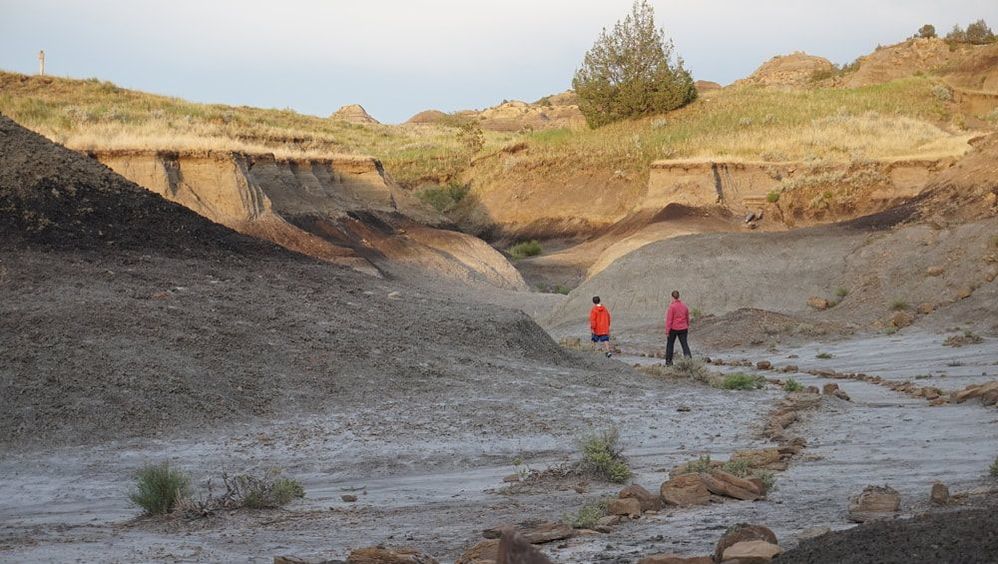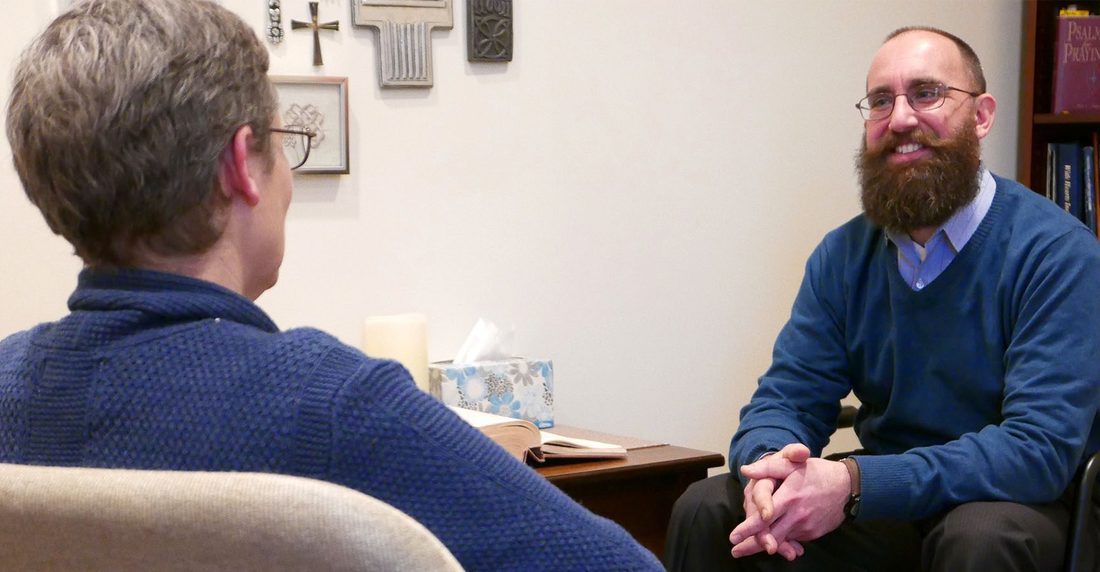There is a great paradox in navigating the spiritual path. It has been said by sages throughout history that the spiritual journey is a do-it-yourself project. No one, not even the wisest teacher, can walk the path for us. The best they can do is point us in the right direction. Whatever we are to discover, we must experience for ourselves. Yet, there is also wisdom in sharing the road with other seekers (think Martin Sheen’s unlikely band of fellow pilgrims in The Way). It is in this role of companions for the journey that we find great value in places like the Benedictine Center.
Christian Mystics
The individual nature of the spiritual journey has been taught by Christian mystics throughout the ages, from Julian of Norwich, Teresa of Avila, John of the Cross, to the author of The Cloud of Unknowing. In more recent times, wisdom teachers such as Fr. Thomas Merton, Fr. Thomas Keating, Cynthia Bourgeault, and Fr. Richard Rohr speak of the journey as one of self-realization – discovering the buried treasure of one’s True Self deep within – an “immortal diamond”, an inner radiance, a secret identity that is “hidden with Christ in God.” Colossians 3:3. These wisdom teachers, who have discovered this secret identity for themselves, have also spoken of the path to get there – one of solitude and silence. That is why mystics have historically devoted ever increasing amounts of time isolated in caves, forest dwellings, hermitages, or even small cells in churches (Julian).
Still, as anyone who has embarked on this journey on their own can tell you, it is very helpful to have teachers and guides who know the path, as well as fellow seekers who share their own questions and discoveries. These companions can keep us from getting lost in unfamiliar terrain and from deluding ourselves into thinking we’ve found the true path, only to discover we are in fact heading down a dead-end road of ego deception.
It was for the purpose of this guidance that Julian made time for seekers. After her “showings” revealed to her the true nature of her union with God, Julian went into seclusion in the Church at Norwich, but kept open a small window to provide guidance to those who sought her wisdom. In much the same way, today’s spiritual directors provide spiritual companionship to seekers who come to the Benedictine Center and other retreat centers.
Retreat Centers
From the Ashrams of ancient India to today’s retreat centers, spiritual seekers have long gathered in community to learn from wise teachers, get counsel from spiritual directors, and share with each other their unique experiences of God’s unfolding mystery in their lives. In many ways, the spiritual journey is a like a grand science experiment. There are many practices, prayer forms, and meditative techniques available–some resonate with one group of seekers, but not with another. In these settings, teachers, guides and other seekers can help us on the journey by sharing different approaches and what has worked for them. To that end, the Benedictine Center offers programs and practice groups to let us experiment with multiple approaches, including Centering Prayer, Lectio Divina, art meditation, creative writing/journaling, the labyrinth, and many others. While we each have to do our own inner work, we don’t have to do it alone.
FOOD FOR THE JOURNEY WE SHARE
Years ago, when I served as director of another spirituality center, someone once asked me what we do there. In response, I talked about the many programs and retreats we offered and the opportunities for people to come for spiritual direction as individuals or as groups. I talked about our lending library and the various ways seekers could gather in our spirit-filled space.
After the conversation was over, the question stayed with me: What do we really do at the Center? Upon further reflection, the answer became quite clear and simple: we provide food for the soul to spiritually-hungry people. Unlike physical starvation, often the people we serve are not consciously aware of their hunger for deeper spiritual meaning in their lives. They know they are hungry for something, but often can’t articulate it until they come through our doors and a feeling washes over them and they whisper: “This is what I’ve been missing. I want more of this.”
It seems the depth of our collective spiritual hunger is increasing, as we search for answers to the big questions of our day: How do we respond to a changing climate and our responsibility to be stewards of God’s creation? How do we treat the immigrant as neighbor in the spirit of Benedictine hospitality? Protect our children in a world of increasing violence? Work for the common good to ensure the economic needs of current and future generations are being met?
Awareness, Change, Action
These big and difficult questions do not have easy answers, and I believe they are almost impossible to address without first addressing the deeper questions of meaning and purpose that are the source of our spiritual hunger. For the spiritual journey often leads us on a path of growing awareness (awakening consciousness), to an intention to change (inner transformation), which leads us to make different choices and take action for peace and justice (authentic relationships).
The journey begins with a simple recognition of our hunger, and when that happens, we are here to help you find food for the soul. The Spirit will take care of the rest.
COMPANIONS FOR THE JOURNEY OUTWARD
When Fr. Richard Rohr founded the Center for Action and Contemplation, his intent was to support both the inner journey of contemplation and the outer journey of action in service of the world. The inner journey is not an end in and of itself. We simultaneously embark on a path of action, inspired by the radiant love of our hidden selves. Now, more than ever, inspired action is needed in our communities and in our world.
We live in interesting times, perhaps unprecedented, in which the world’s crises seem to be mounting exponentially, but solutions are nowhere in sight. Polarization of our institutional leadership has led to paralysis in our ability to respond to pressing needs. Our leaders struggle to find ways to have meaningful dialogue, or even to find common language on which they can agree to define the issues.
Finding Common Language
What does this have to do with the Benedictine Center? We believe that the struggle for a common language may emanate from different worldviews and different understandings of meaning and purpose. Even so, every perspective is influenced by our experience of relationship–with the divine, our inner selves, each other, and all of creation. Our struggles may derive from a misconception that we are no longer in relationship with certain others. In short, we lack a sense of community.
Practicing Community
The Benedictine Center’s vision is to create a place that reinvigorates people’s sense of journeying in community with one another. It is to be a place where people practice sacred conversations. The Benedictine tradition recognizes the longing and seeking that seems to be a part of everyone’s story. Through radical Gospel living, Benedict gathered people to exercise this longing together. The need is just as great today and the Benedictine Center carries forward that vision. Helping seekers gather with one other, identify their longings, and find the courage to discern and respond, the Benedictine Center nourishes companions committed to the journey both inward and outward.
Jeff Dols serves on the advisory committee for the Benedictine Center. This article posted with permission from the blog at the Benedictine Center of St. Paul's Monastery.



 RSS Feed
RSS Feed